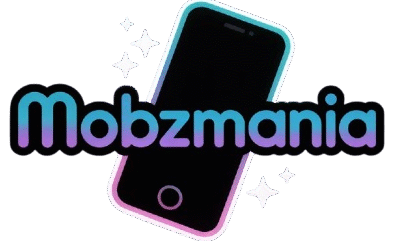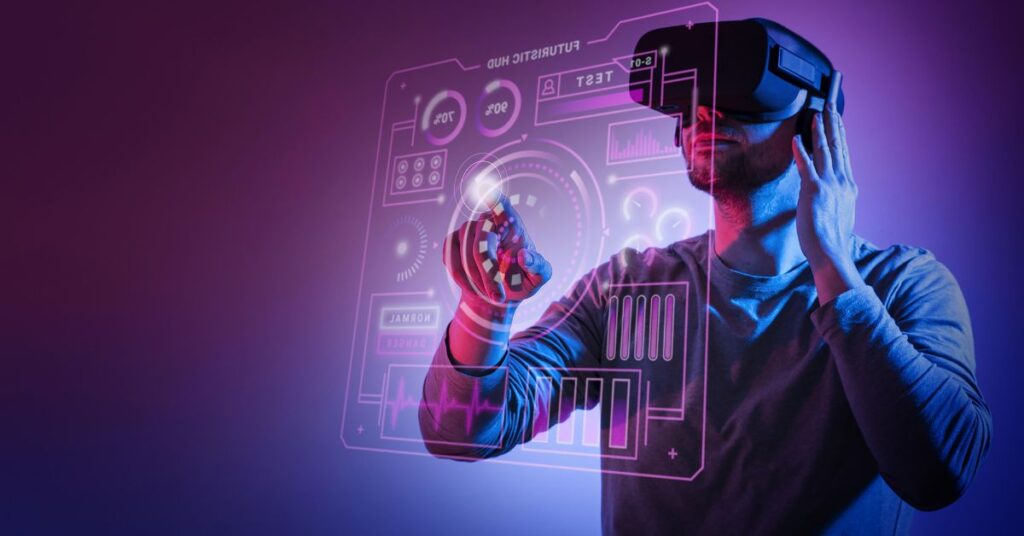Apple has officially stepped into the competitive world of AI glasses, marking a significant move after the temporary pause of its Vision Pro launch. This step highlights the company’s commitment to wearable technology and exploring the future of XR and Vision Pro. With the market for AI glasses expanding rapidly, Apple aims to combine sleek design, user-friendly interfaces, and a powerful software ecosystem to capture a leading position. The integration of augmented reality (AR), virtual reality (VR), and artificial intelligence—collectively known as Extended Reality (XR)—is set to redefine how users interact with digital content and incorporate it into daily life. By exploring the future of XR and Vision Pro, Apple is creating an ecosystem where devices, apps, and services connect seamlessly, offering immersive experiences, real-time insights, and enhanced productivity, showing how XR technology is shaping the next decade of human-computer interaction.
What are AI Glasses?
AI glasses are smart wearable devices equipped with artificial intelligence to interpret, analyze, and respond to the environment and user needs. Unlike traditional AR headsets, AI glasses integrate AI-powered software that provides real-time feedback, voice commands, facial recognition, and data overlays directly into the user’s field of vision. These devices are designed to streamline tasks, improve productivity, and enhance personal experiences. For instance, professionals in logistics and healthcare can access live information hands-free, while consumers can receive contextual recommendations for navigation, shopping, or social interactions. Apple’s entry into this market promises a seamless integration of AI glasses with its existing ecosystem, enabling compatibility with iPhones, iPads, and Apple Watches for a unified user experience.
What is the Future of XR?
The future of XR looks incredibly promising as it becomes more accessible and practical across industries. Experts predict that immersive experiences will extend beyond gaming and entertainment, penetrating sectors like education, healthcare, manufacturing, and corporate training. Students can attend virtual classrooms, surgeons can simulate complex procedures, and factory workers can receive interactive guidance—all in real-time through XR technology. Apple’s approach suggests that XR will not only enhance visual experiences but also integrate company portals and enterprise applications, allowing employees to collaborate in virtual environments efficiently. The combination of AI and XR in wearable devices is expected to create personalized, context-aware experiences that respond intelligently to user needs.
Company Portals and Enterprise Integration
Apple’s focus extends beyond consumer applications to enterprise solutions, emphasizing company portals that leverage XR for collaborative work. These portals enable businesses to manage virtual meeting spaces, interactive training sessions, and remote support for field employees. The integration of AI glasses with company systems allows real-time data visualization, task management, and workflow optimization. Corporations adopting XR solutions can enhance employee productivity, reduce travel costs, and create immersive onboarding experiences. For example, a technician wearing AI glasses can receive step-by-step instructions from a remote expert while performing maintenance, reducing errors and improving efficiency.
May Also Read: Top 10: Technology Innovations Shaping the Future in 2025
Conclusion
Apple’s move into AI glasses following the Vision Pro pause highlights the growing importance of exploring the future of XR and Vision Pro in shaping the next generation of technology. From immersive education to enterprise collaboration and everyday productivity, XR and AI glasses are set to transform how users interact with digital information. By combining advanced AI capabilities with sleek wearable designs, Apple positions itself at the forefront of this rapidly evolving market. As the technology continues to mature, users can anticipate personalized, interactive, and context-aware experiences, making XR an essential part of both professional and personal life. The era of AI-driven XR is just beginning, and Apple’s entry underscores the global race to innovate in a space that merges creativity with practical utility.

Jake Miller is a mobile troubleshooting specialist with 7+ years of experience solving Android and app-related issues. He tests every fix on real devices to ensure accuracy and reliability. Jake creates simple, step-by-step guides to help users quickly resolve everyday smartphone problems.



